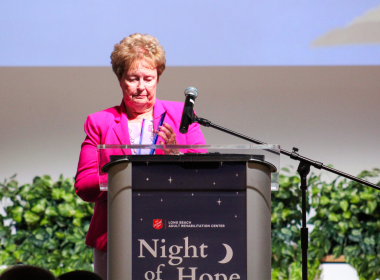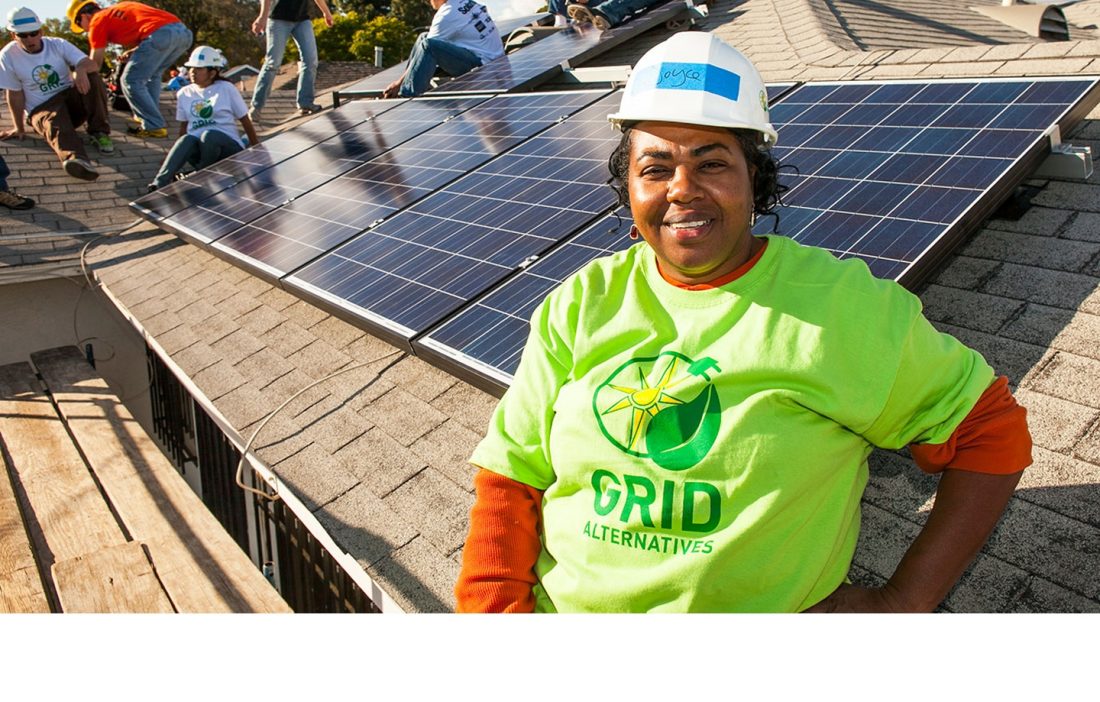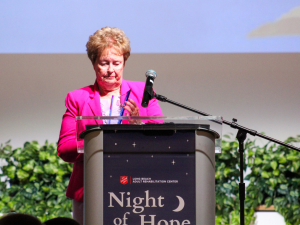Rooftop solar panels are rarely sighted in low income neighborhoods, where those extra dollars in savings could mean more money for groceries each month. Even with the declining cost in solar electric systems, installation can cost more than $15,000.
The amount of sunshine California gets makes it the ideal place for installing solar panel rooftops. According to a study conducted by The NC Clean Energy Technology Center, cities that can expect to see the greatest monthly savings are in California. Residents from Oakland, San Francisco, San Jose, and Long Beach can expect to save anywhere between $130 to $187 on their monthly electric bill.
A California based company is looking to install free solar rooftops on the homes of more than 1,600 families by 2016.
The Nonprofit Solar Power Organization GRID Alternatives has partnered up with the state to provide low-income California homeowners access to clean energy.
Under the California Global Warning Solutions Act of 2006, the Department of Finance must allocate 25 percent of the available funds in the Greenhouse Gas Reduction Fund (GGRD), a nearly $15 million fund created through California’s cap and trade program, to projects that benefit low income communities. The act requires the state to limit its greenhouse gas emissions to equal the emission level in 1990 by 2020.
Grid uses proceeds from the state’s GGRD to install solar panels on rooftops of homeowners who otherwise would find themselves unable to afford the home improvement.
The nonprofit is no stranger to delivering renewable energy to working class homeowners for little to no cost. The company has been around since 2001 and operates in several states. Unlike the previous years, funding for the projects comes directly from the state. Grid relies heavily on volunteers to install the rooftop solar panels. In exchange for free installation, the organization asks homeowners to make small contributions like helping out with the installation or feeding the crew.
In order to qualify for free installation, homeowners must be living in neighborhoods defined by the state as “disadvantaged” and have a household income that is 80 percent or less of the area’s medium income.













